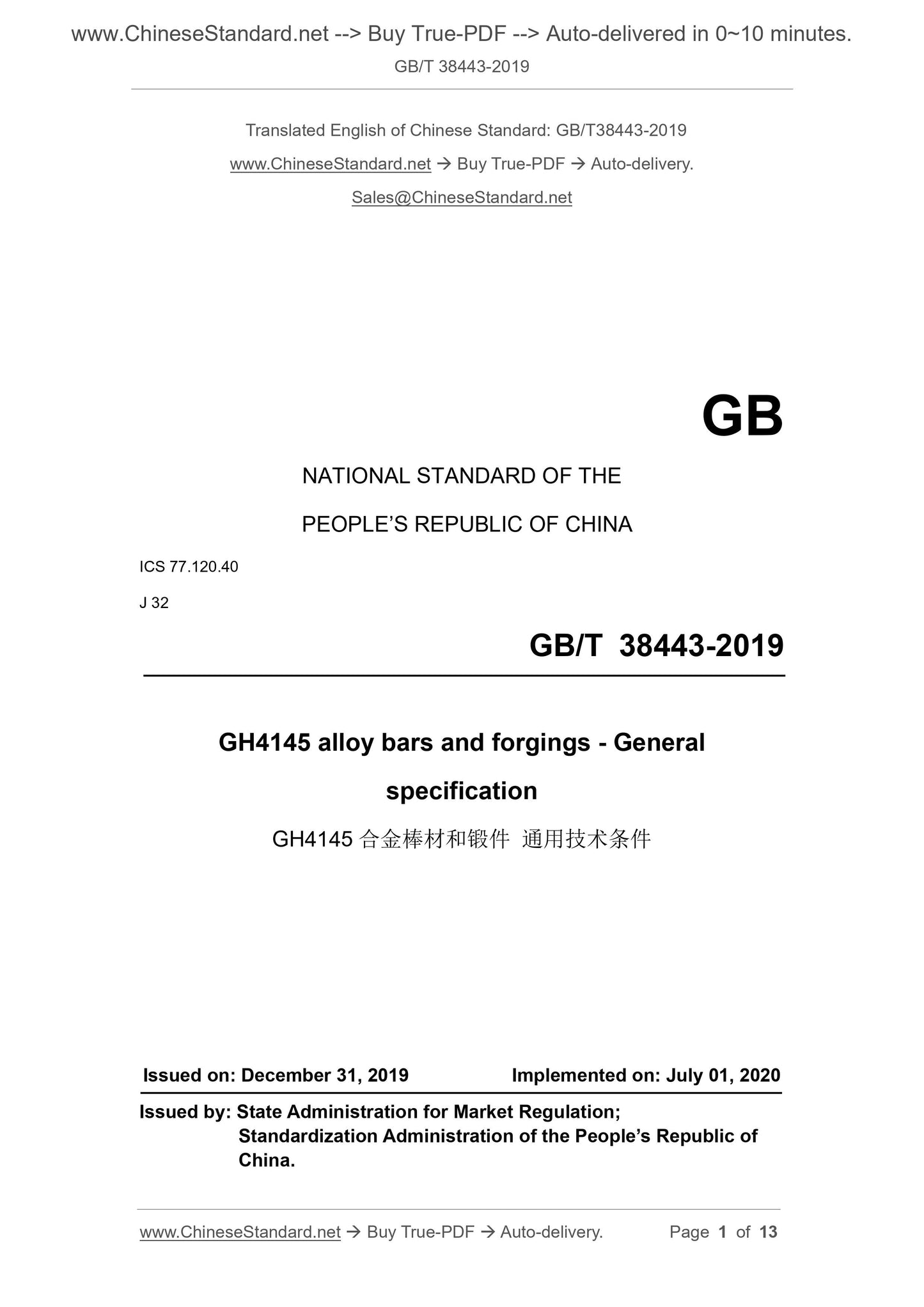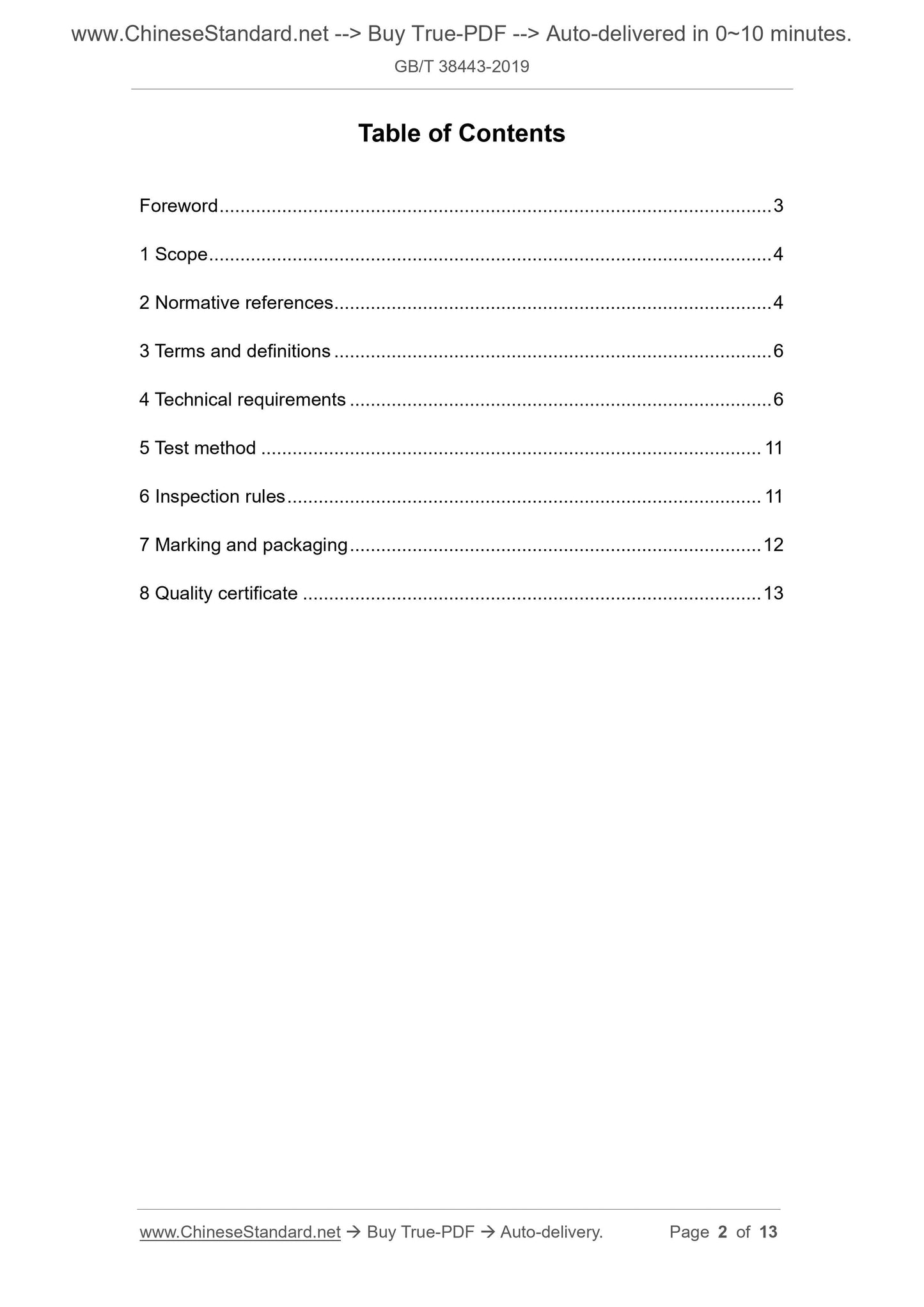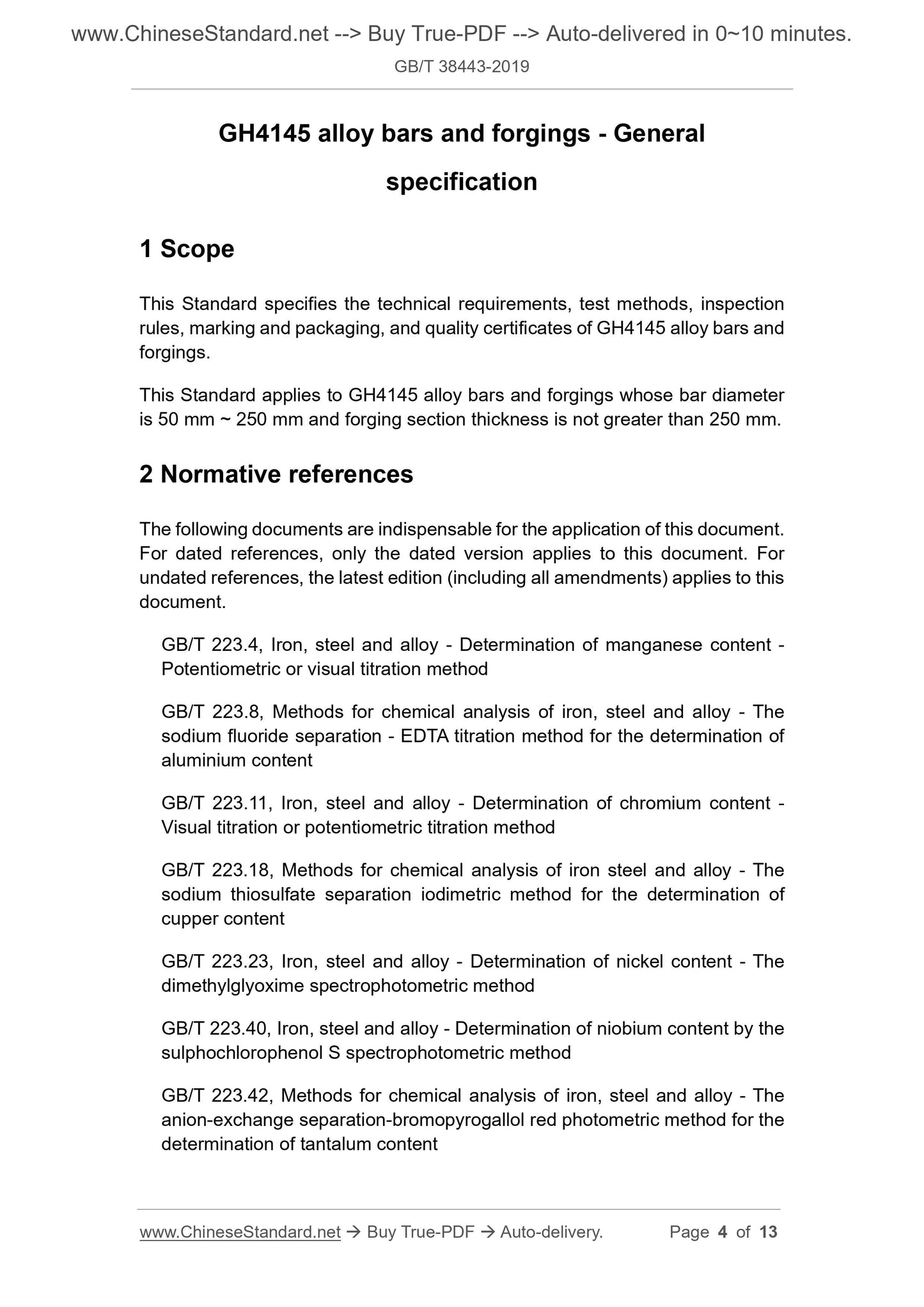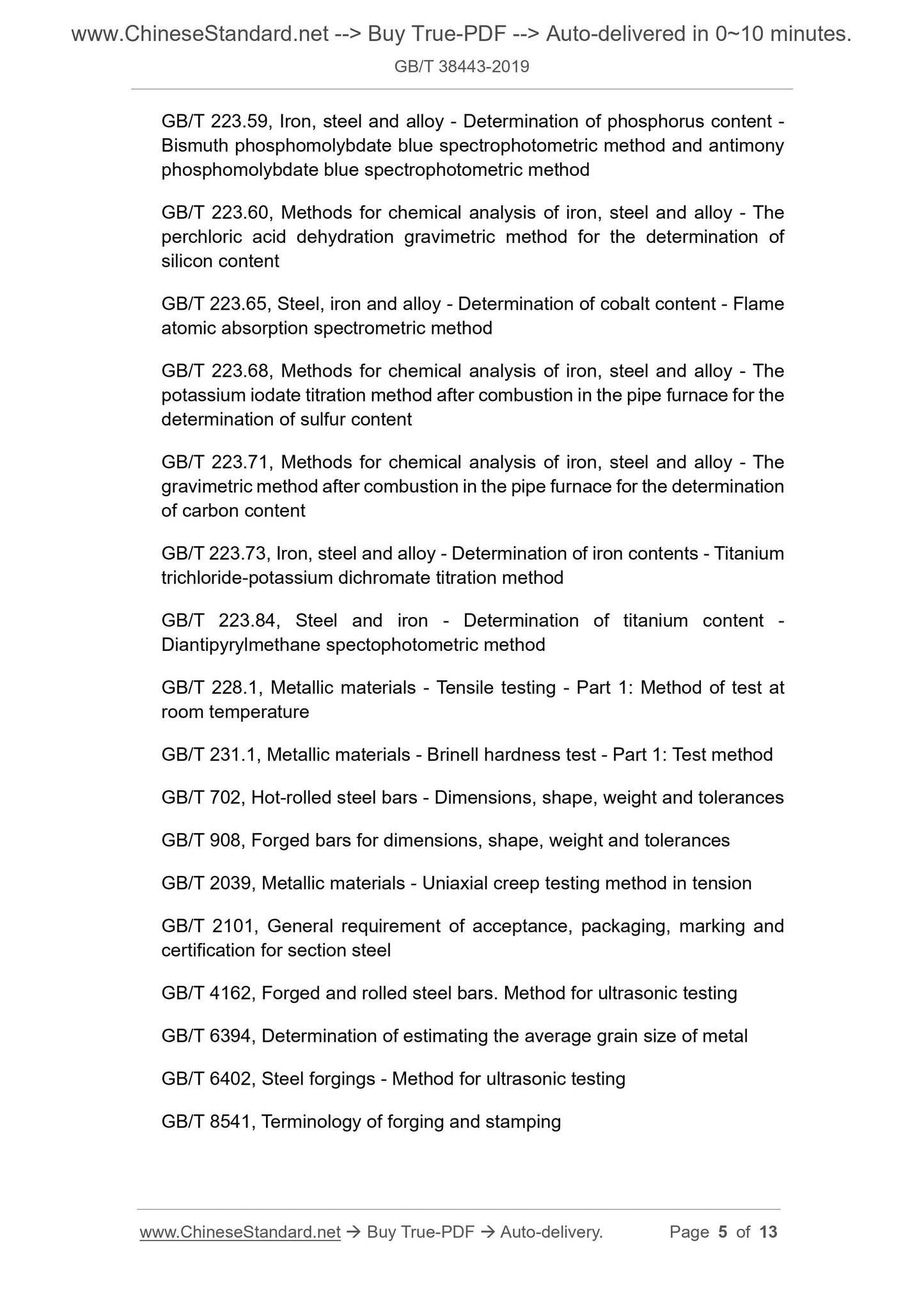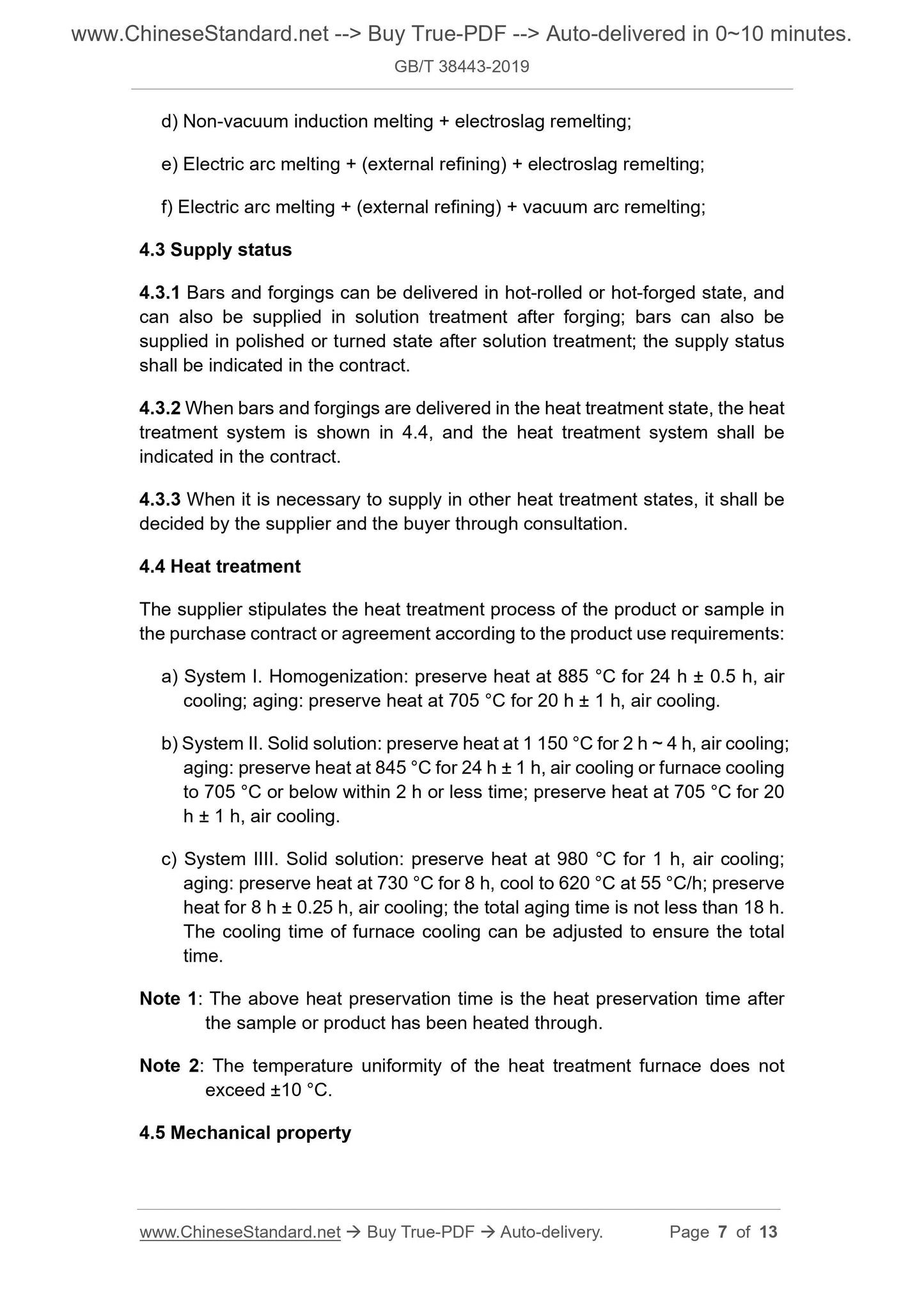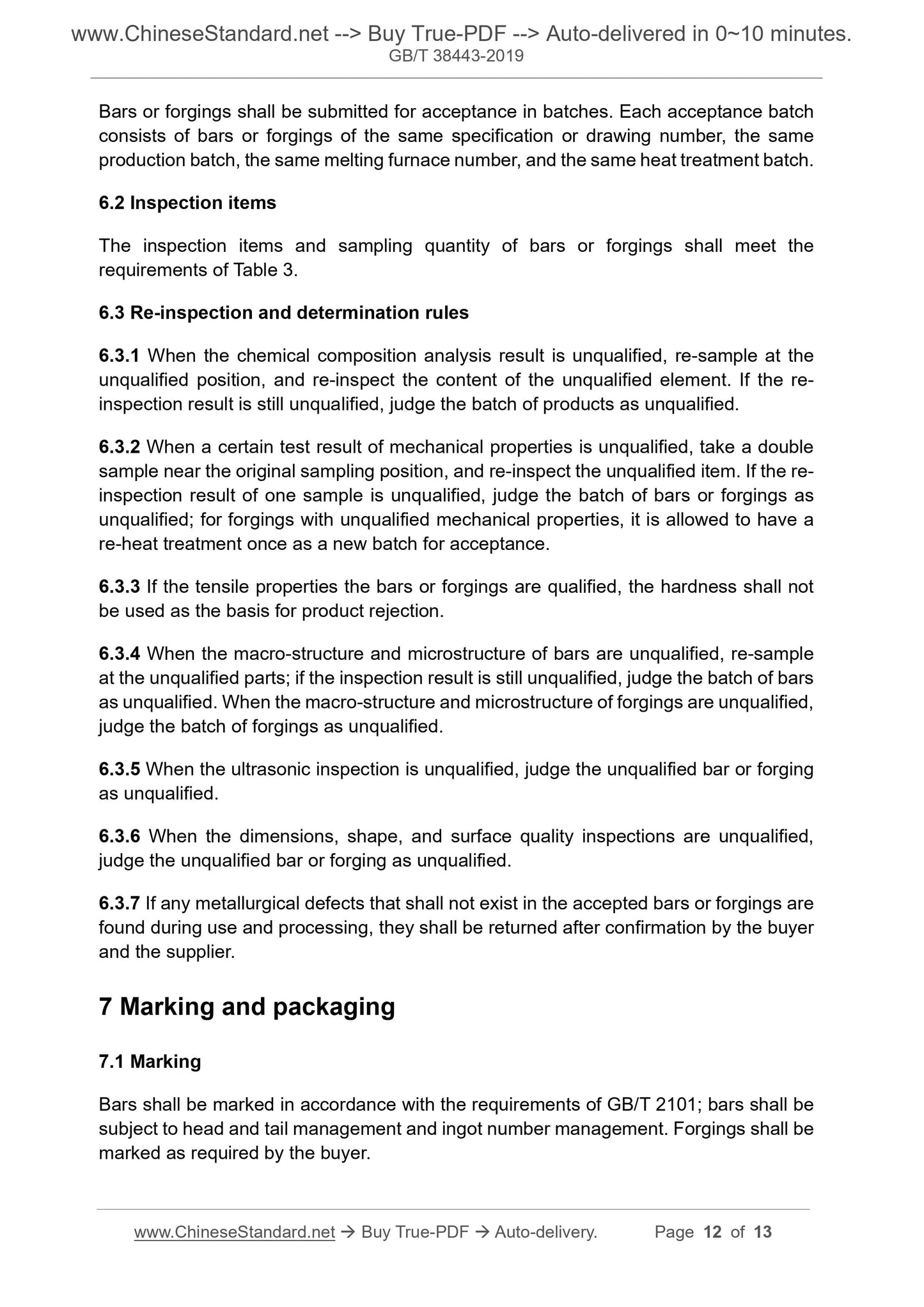1
/
of
6
www.ChineseStandard.us -- Field Test Asia Pte. Ltd.
GB/T 38443-2019 English PDF (GB/T38443-2019)
GB/T 38443-2019 English PDF (GB/T38443-2019)
Regular price
$160.00
Regular price
Sale price
$160.00
Unit price
/
per
Shipping calculated at checkout.
Couldn't load pickup availability
GB/T 38443-2019: GH4145 alloy bars and forgings - General specification
Delivery: 9 seconds. Download (and Email) true-PDF + Invoice.Get Quotation: Click GB/T 38443-2019 (Self-service in 1-minute)
Newer / historical versions: GB/T 38443-2019
Preview True-PDF
Scope
This Standard specifies the technical requirements, test methods, inspectionrules, marking and packaging, and quality certificates of GH4145 alloy bars and
forgings.
This Standard applies to GH4145 alloy bars and forgings whose bar diameter
is 50 mm ~ 250 mm and forging section thickness is not greater than 250 mm.
Basic Data
| Standard ID | GB/T 38443-2019 (GB/T38443-2019) |
| Description (Translated English) | GH4145 alloy bars and forgings - General specification |
| Sector / Industry | National Standard (Recommended) |
| Classification of Chinese Standard | J32 |
| Classification of International Standard | 77.120.40 |
| Word Count Estimation | 10,139 |
| Date of Issue | 2019-12-31 |
| Date of Implementation | 2020-07-01 |
| Issuing agency(ies) | State Administration for Market Regulation, China National Standardization Administration |
Share
